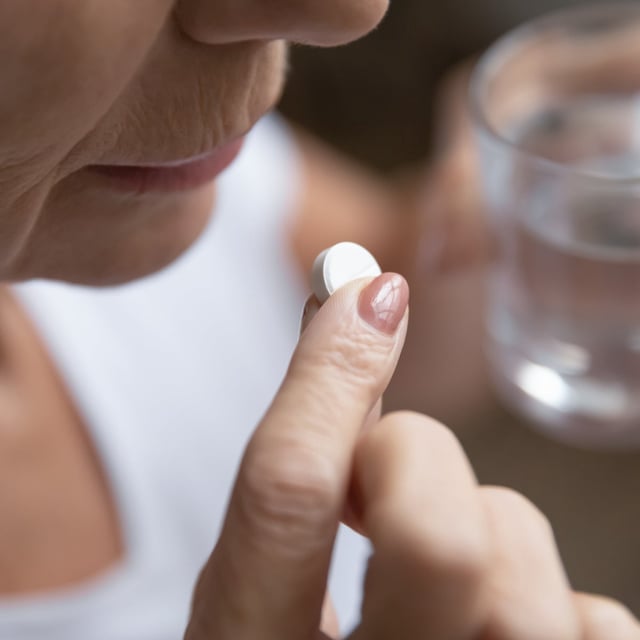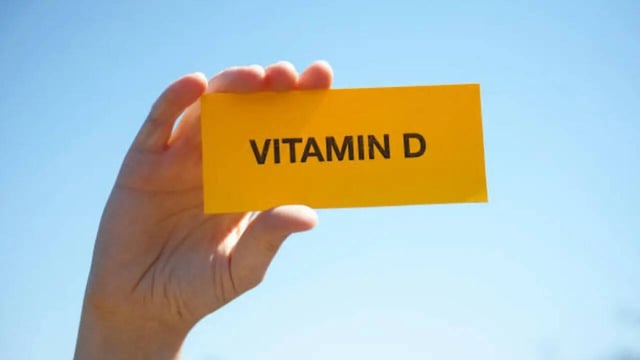Overview
- Epidemiology cited this week reports insufficiency in 40% of Europe, 24% of the United States and 37% of Canada, with higher risk in older adults, pregnant women, children, people with darker skin or obesity, and those with limited sun exposure.
- A 2022 meta-analysis found daily supplements of 1,000–2,000 IU did not significantly improve immune outcomes in healthy, non‑deficient people, reinforcing calls to target pills to those who truly need them.
- Experts highlight safe sun exposure and dietary sources such as fatty fish, eggs and fortified dairy, advising supplements only after blood testing confirms low levels.
- Current clinical cutoffs place 25(OH)D above 20 ng/mL for most adults and above 30 ng/mL for those over 65 or with bone disease, with warnings that long‑term intakes above roughly 4,000 IU per day raise toxicity risk.
- A 2016 US toxicology report recorded a sharp rise in supplement‑related overexposure, and an Indian doctor described a high‑dose corrective regimen of 60,000 IU weekly for 12 weeks then monthly maintenance, with monitoring stressed when higher doses are used.


